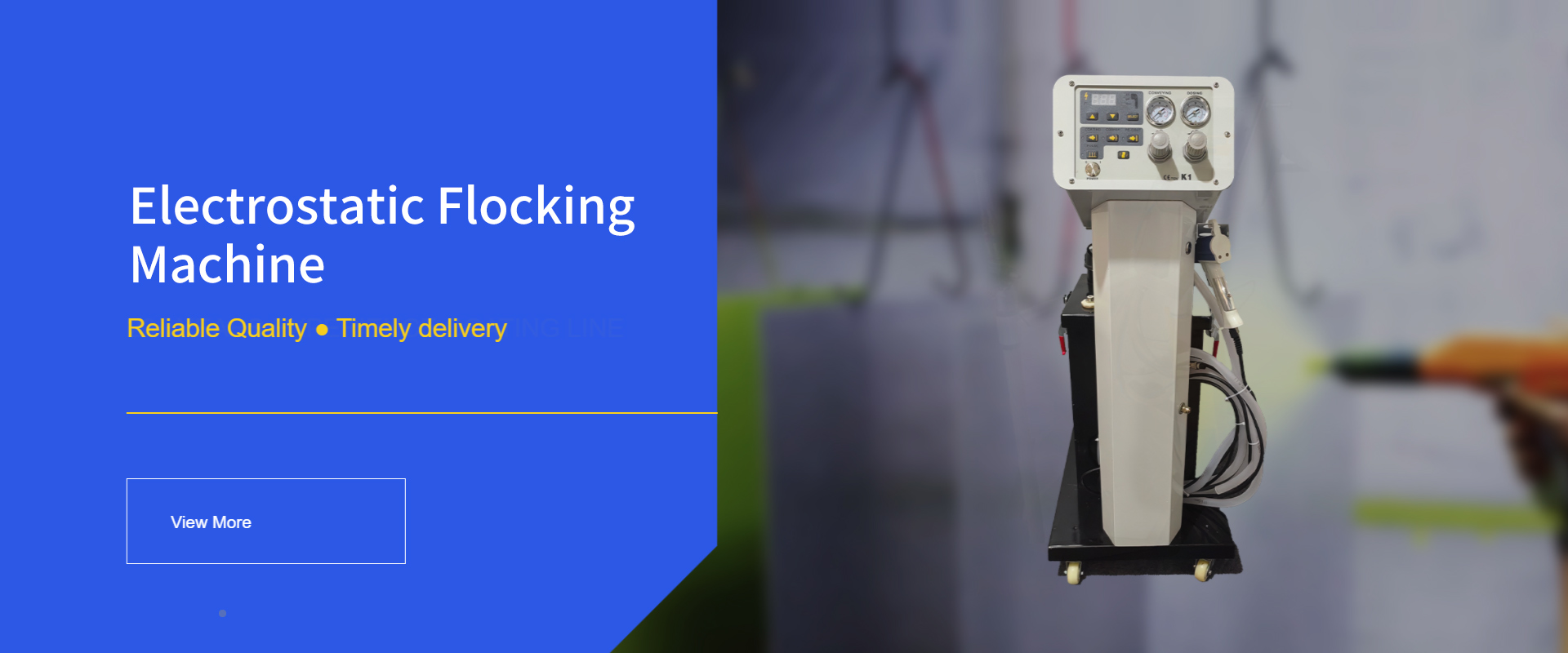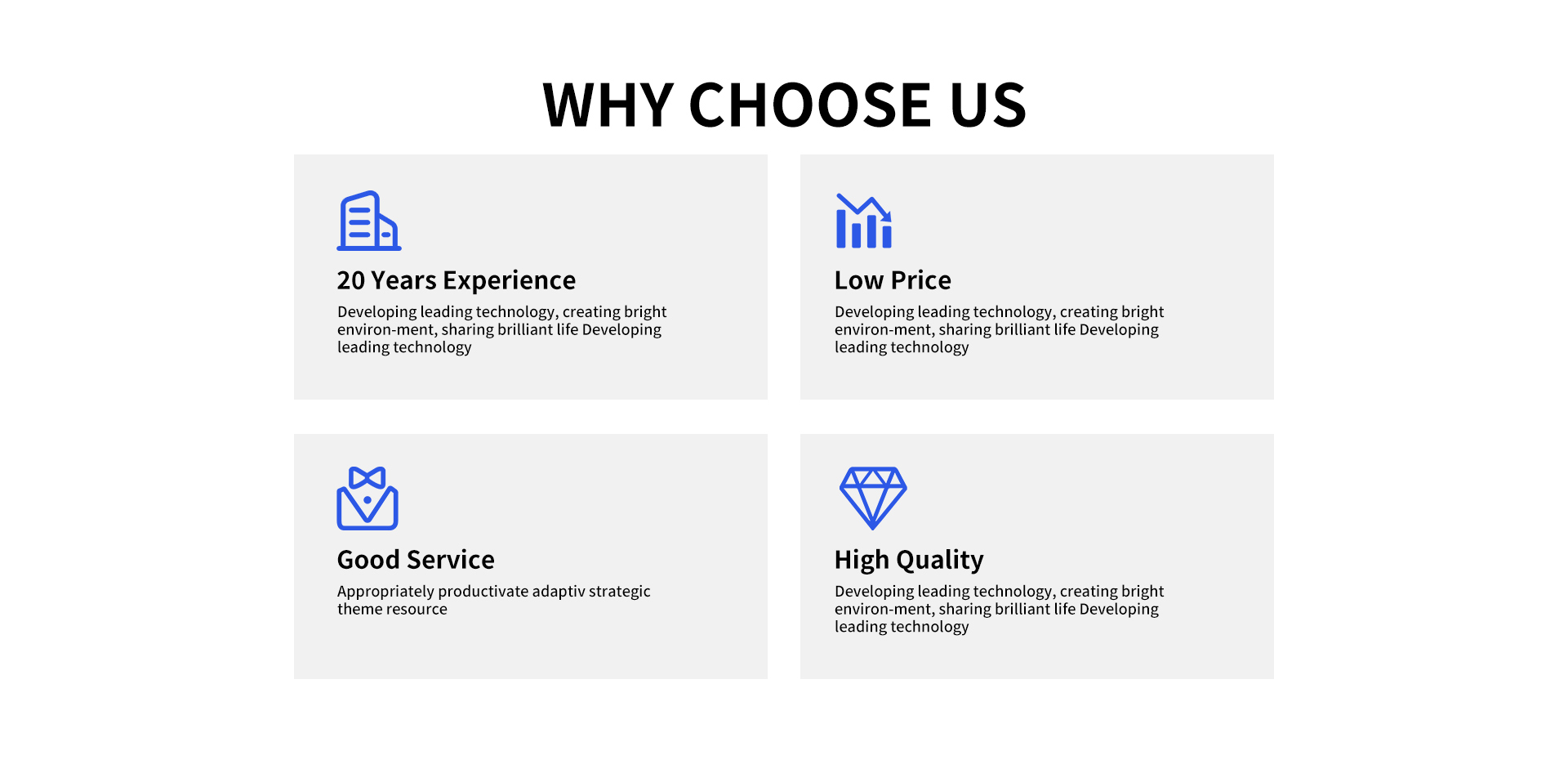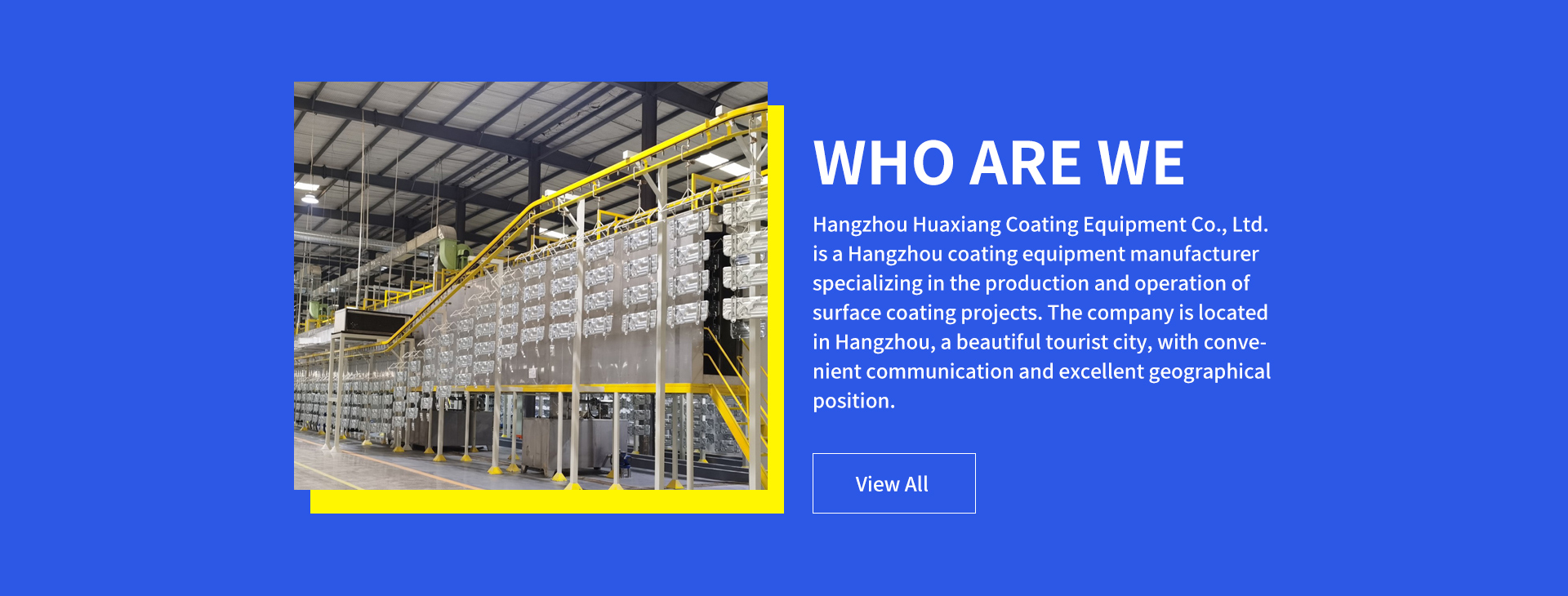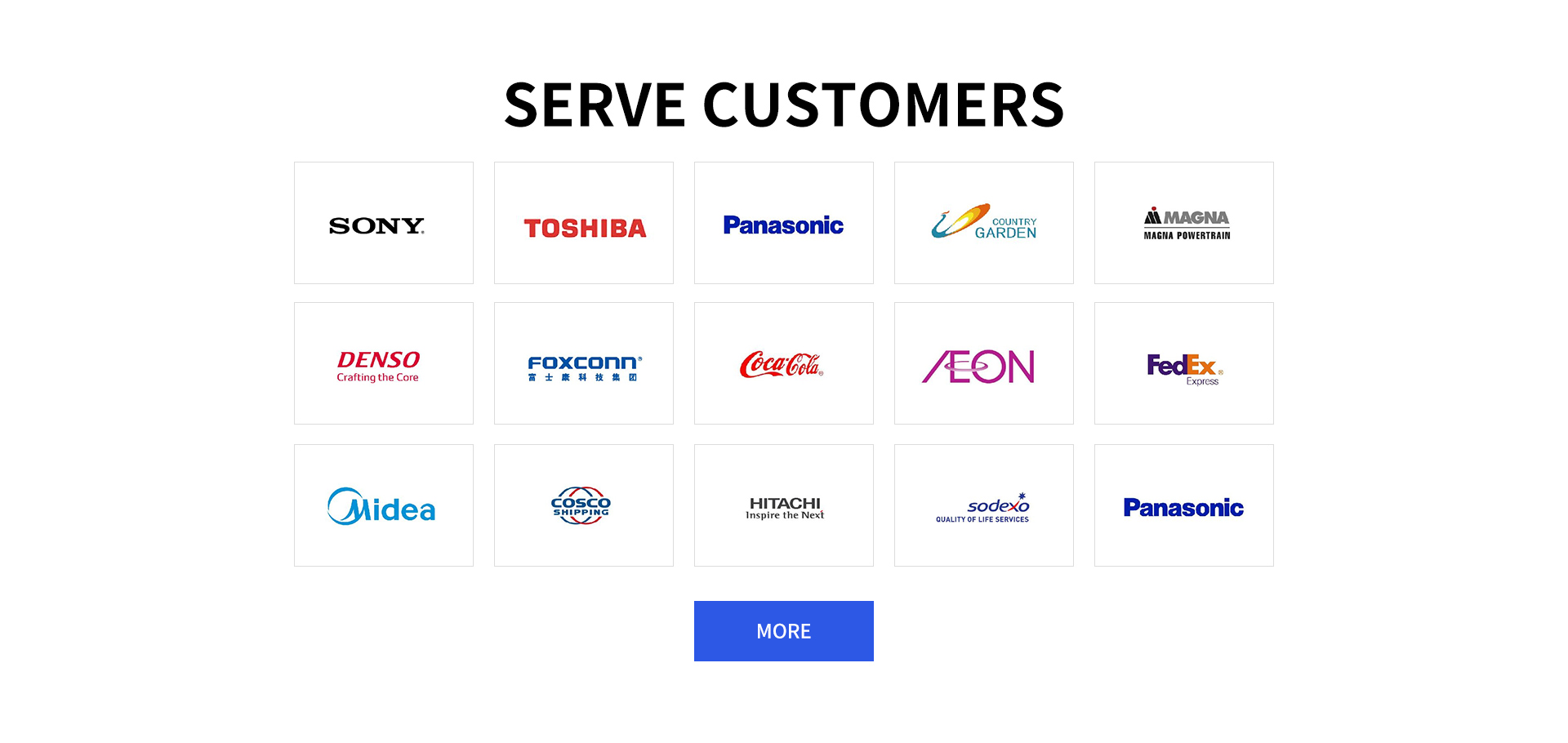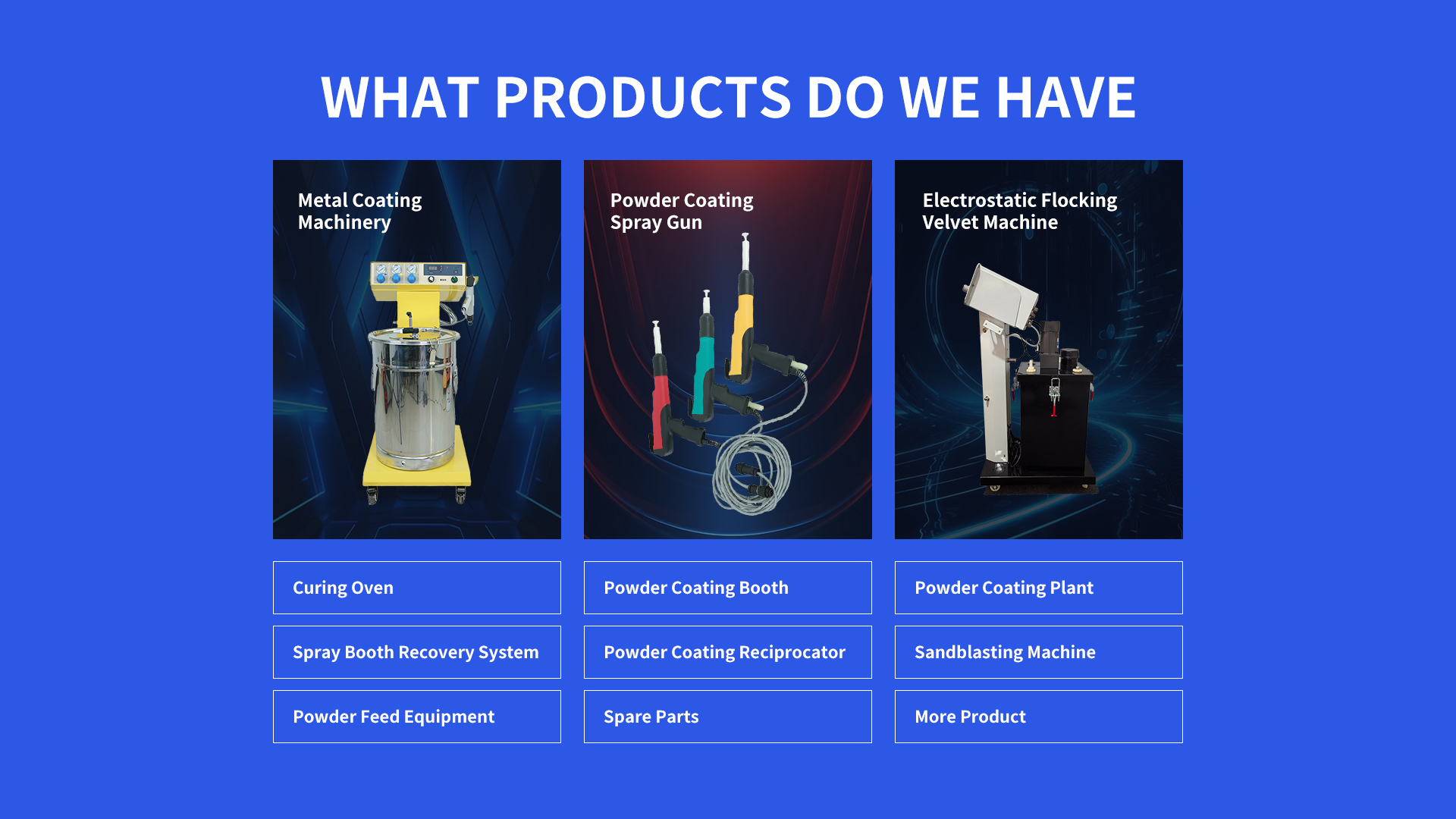Manual Powder Coating Booth finds wide use in small to medium manufacturing units, auto repair shops, and custom fabrication studios. Demand grows as businesses seek cost-effective, durable finishing solutions. Prices range from $1,500 for basic models to $10,000+ for industrial-grade setups, varying by size, filtration, and features.
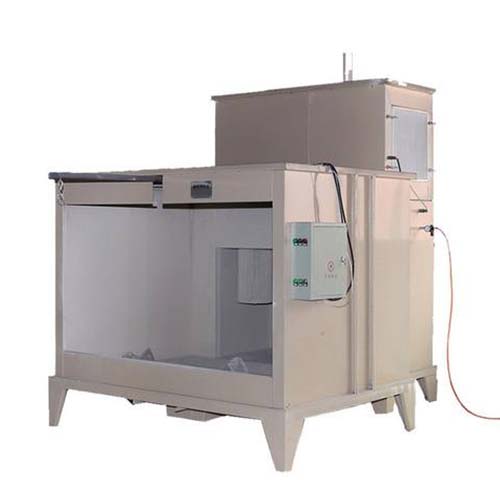
Manual Powder Coating Booth Coating Projects OverviewManual Powder Coating Booth enables precise application of powder coatings on metal surfaces. These projects span automotive parts, furniture frames, metal art, and industrial components. Users appreciate the ability to control coating thickness and coverage, ensuring consistent results even for intricate designs. Small businesses often use it for custom orders, while larger operations integrate it into specialized production lines.
Manual Powder Coating Booth Surface Treatment Process TechnologyManual Powder Coating Booth relies on proper surface preparation to ensure adhesion. The process starts with cleaning the metal to remove oil, rust, and debris, often using chemical cleaners or sandblasting. Next, the surface is dried thoroughly. Inside the Manual Powder Coating Booth, the operator uses a spray gun to apply electrostatically charged powder, which adheres to the grounded metal. After application, the part moves to a curing oven to melt and set the powder, creating a hard, smooth finish.
Manual Powder Coating Booth What It IsManual Powder Coating Booth is a controlled enclosure designed for applying powder coatings by hand. It contains the powder, prevents overspray from escaping, and includes filtration systems to capture excess powder for reuse or disposal. Unlike automated booths, it requires an operator to maneuver the spray gun, making it ideal for irregularly shaped items or low-volume production where flexibility matters most.
Manual Powder Coating Booth Key Components
Spray Area – The main enclosure where the coating process takes place. It is sized to accommodate the parts being coated, with walls that contain overspray and protect the surrounding area.
Filtration System – Includes filters or a recovery unit to capture unused powder. This reduces waste, lowers material costs, and keeps the air inside and outside the booth clean.
Ventilation System – Moves air through the booth to control airflow, ensuring powder is directed toward the part and excess is pulled into the filtration system. It also helps maintain a safe working environment by removing fumes.
Manual Powder Coating Booth AdvantagesManual Powder Coating Booth offers several benefits. It is more affordable than automated systems, making it accessible for small businesses and hobbyists. Its flexibility allows coating of parts of varying sizes and shapes, which automated booths may struggle with. The ability to reuse excess powder reduces material waste and costs. Additionally, manual operation provides greater control over the coating process, allowing operators to adjust application as needed for optimal results. It also has a smaller footprint, making it suitable for workshops with limited space.
How to Set Up a Manual Powder Coating Booth Safely
Setting up a Manual Powder Coating Booth safely involves several steps. First, choose a well-ventilated area with enough space to move around the booth and store equipment. Ensure the booth is properly grounded to prevent static electricity buildup, which can ignite powder. Install the filtration system according to the manufacturer’s instructions to ensure it effectively captures overspray. Use personal protective equipment (PPE) such as a respirator, gloves, and safety glasses. Check that all electrical components are in good condition and meet local safety standards. Finally, test the booth’s ventilation and filtration before starting any coating projects to ensure they work correctly.
How to Choose the Right Size Manual Powder Coating Booth for Your NeedsTo choose the right size
Manual Powder Coating Booth, consider the largest parts you will coat regularly. Measure their height, width, and depth, then add extra space for maneuvering the spray gun and placing the parts. A booth that is too small will restrict movement and lead to uneven coating, while one that is too large will waste space and energy. Also, factor in the available space in your workshop, ensuring there is room for the booth, curing oven, and storage of supplies. Look for booths with adjustable features if you plan to coat parts of varying sizes.
How to Maintain a Manual Powder Coating Booth for LongevityMaintaining a
Manual Powder Coating Booth involves regular cleaning and inspection. After each use, clean the interior walls and floor to remove excess powder, preventing buildup that can affect airflow and coating quality. Replace filters in the filtration system as recommended by the manufacturer, typically every few months depending on usage. Check the ventilation system for blockages and ensure fans are working properly. Inspect the spray gun and hoses for wear, replacing any damaged parts. Lubricate moving components as needed and keep the booth free of dust and debris when not in use. Regular maintenance extends the booth’s life and ensures consistent performance.
How to Troubleshoot Common Issues with a Manual Powder Coating BoothCommon issues with a
Manual Powder Coating Booth include uneven coating, poor adhesion, and excessive overspray. For uneven coating, check the airflow in the booth—insufficient ventilation can cause powder to settle unevenly. Adjust the ventilation or clean the filters. Poor adhesion often results from improper surface preparation; ensure parts are thoroughly cleaned and dried before coating. Excessive overspray may mean the filtration system is not working correctly—inspect and replace filters if needed, or adjust the spray gun settings to reduce overspray. If the powder is not adhering properly, check the electrostatic charge of the spray gun and ensure the part is properly grounded.
How to Calculate Material Costs for a Manual Powder Coating Booth ProjectCalculating material costs for a
Manual Powder Coating Booth project starts with determining the amount of powder needed. Measure the surface area of the parts to be coated, then use the powder manufacturer’s coverage rate (usually listed as square feet per pound) to estimate the pounds of powder required. Add a percentage for waste, typically 10-20%, since some powder will be lost to overspray. Multiply the total pounds by the cost per pound of the powder. Include costs for cleaning supplies, such as chemicals or sandblasting materials, and any PPE needed for the project. Also, factor in energy costs for running the booth and curing oven, based on their power usage and the time each project takes.
Statement: Hangzhou Huaxiang Coating Equipment Co., Ltd Chinese Powder Coating Equipment facturers provide you with customized equipment for various types of Powder Coating Lines, Powder Coating Ovens, Powder Coating Booths,Powder Coating Guns, etc. For inquiries! Contact us at
Email: gezx@cncolourspray.com
WhatsApp: +86 13335812068

